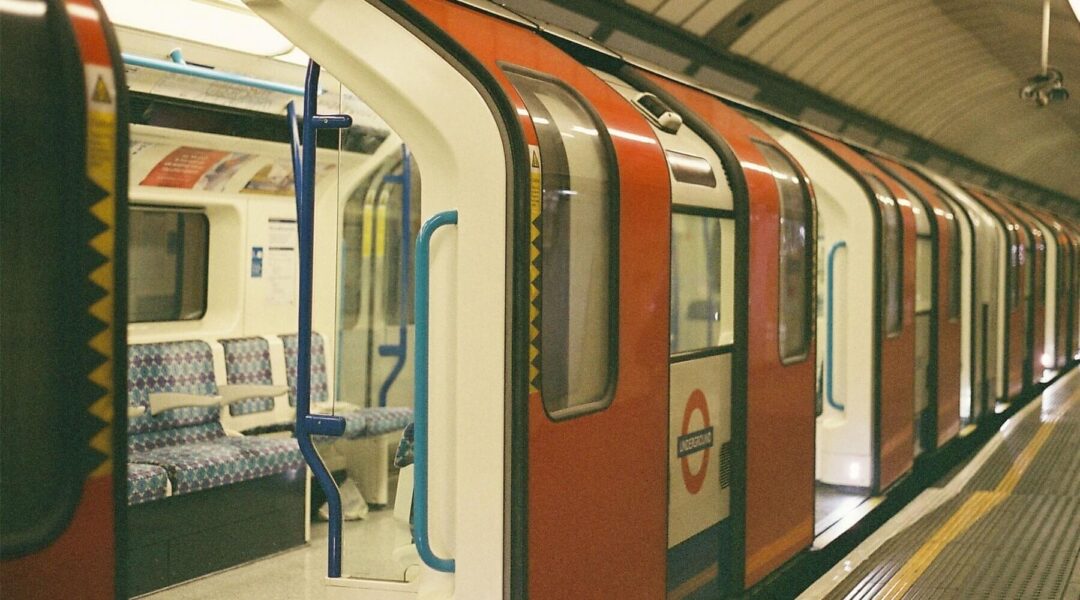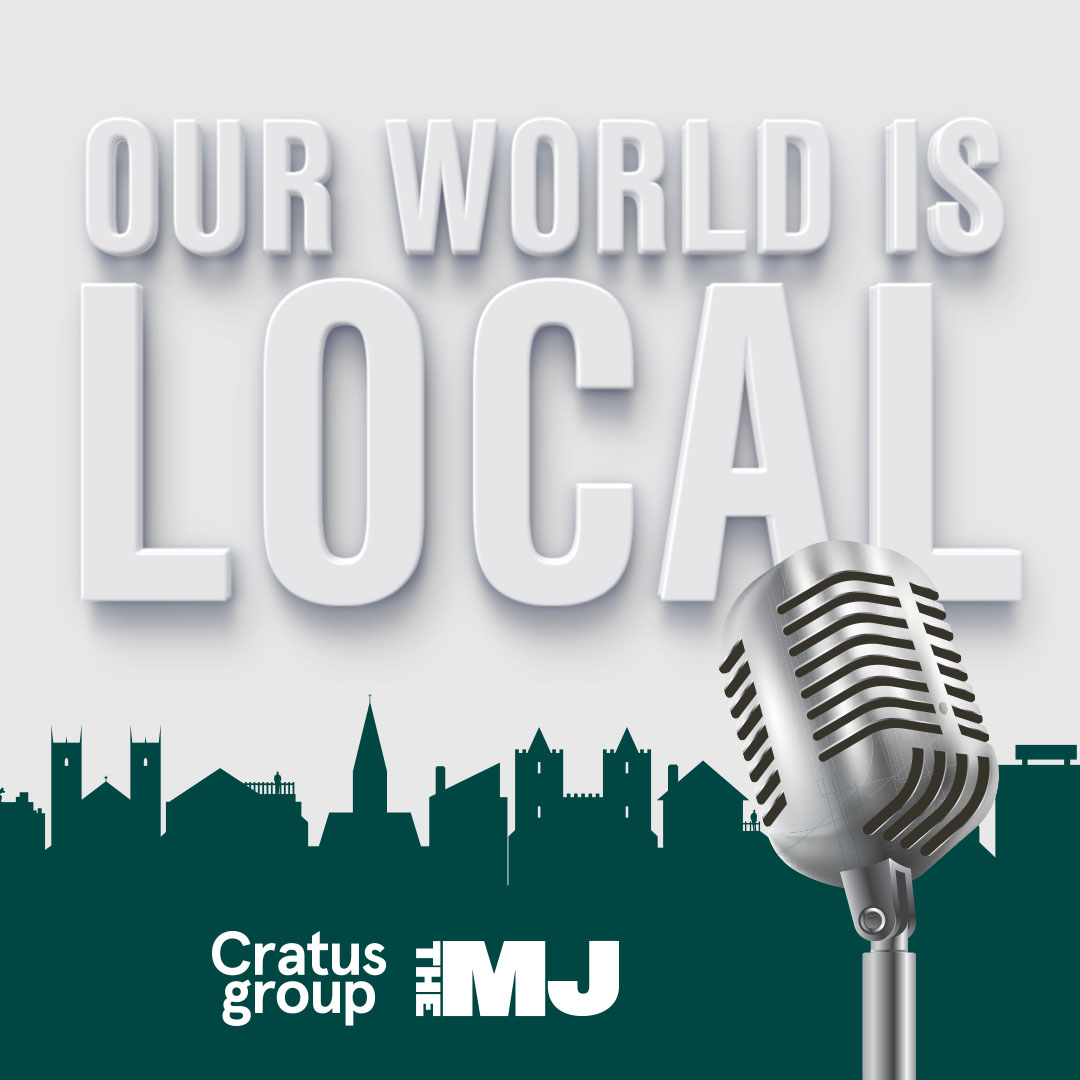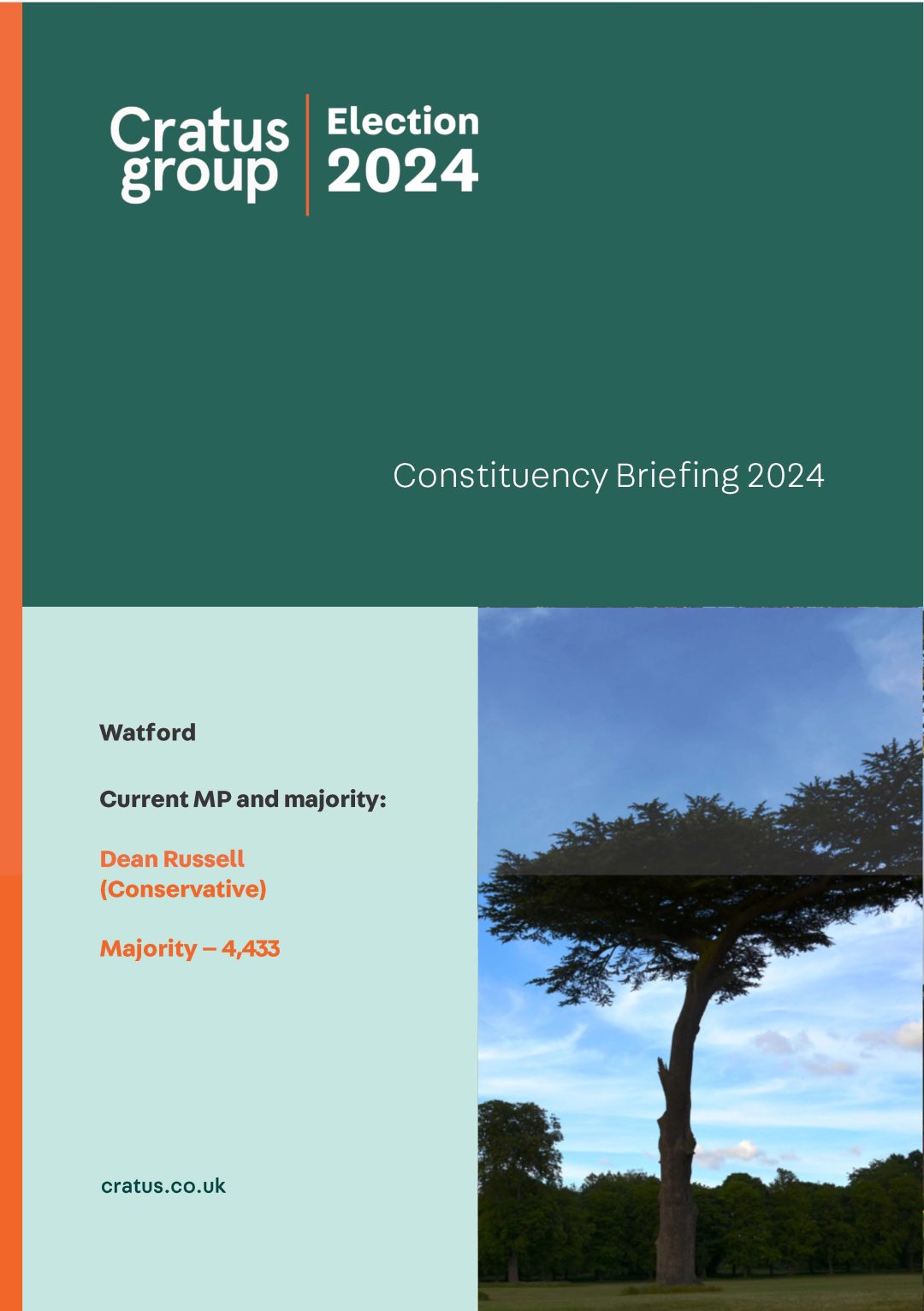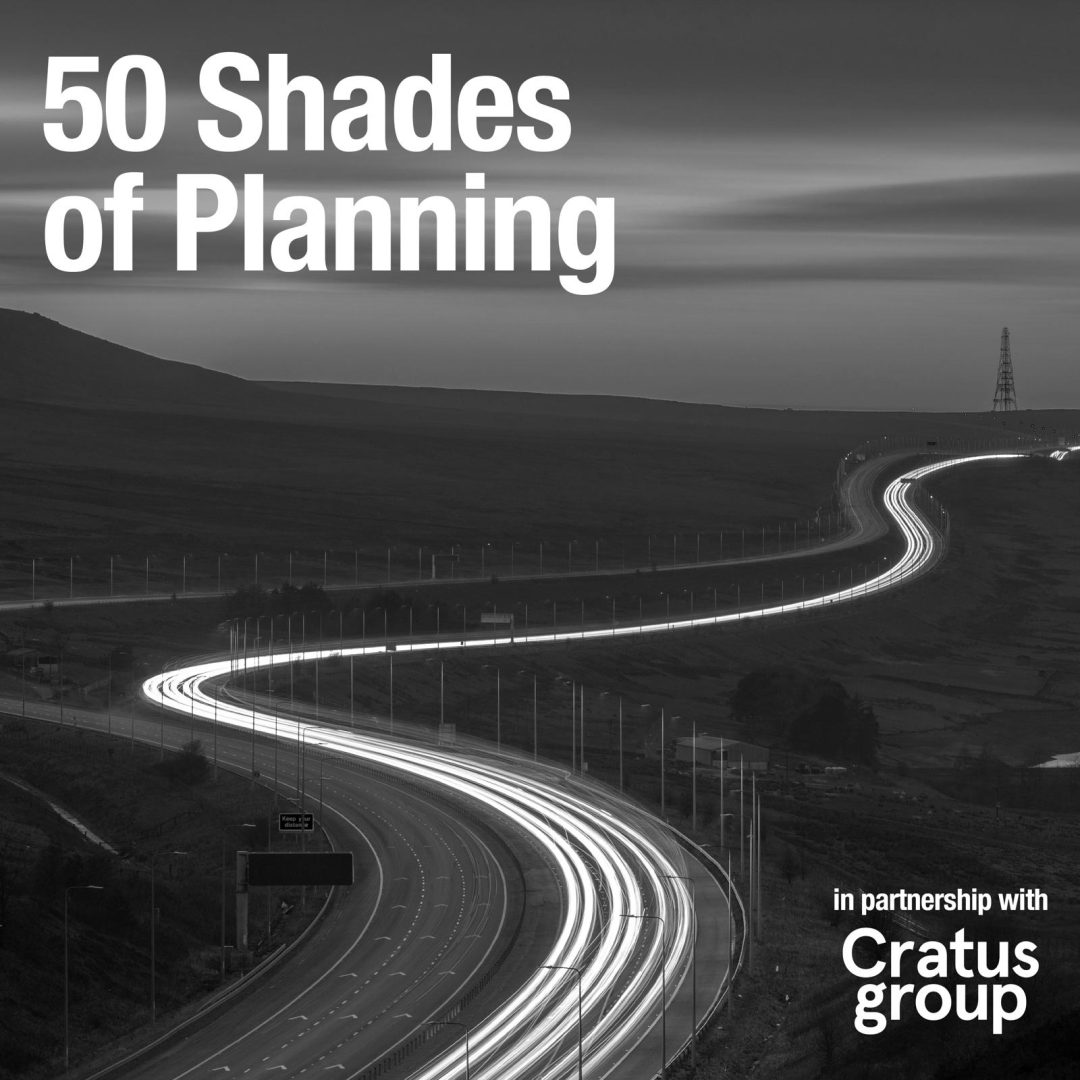The theory of marginal gains
Support for Crossrail 2 in central government is slowly matching the support for it at local and regional level and it’s likely that its case will become unstoppable once the Elizabeth Line opens next year and immediately expands London’s transport capacity by anything up to 20%.
But are big transport projects in London the panacea many make them out to be? For many, these projects are less about getting people from A to B and more about opening up new parts of the capital to sustainable residential development and delivering the new homes London needs. It’s therefore incumbent upon local authorities along the proposed route to shape the homes of tomorrow along the stations of tomorrow. However, there might be another way.
Sir Dave Brailsford’s theory of marginal gains set out that a one percent improvement in everything, when aggregated, can make a significant difference. Switching the theory from gold medals in the velodrome in 2012 to our future transport network, could marginal gains be something to also consider?
Take the marginal gain of the north London line into London Overground. What was once a poorly used service is now packed to the rafters with four coach trains becoming five. Would adding a sixth coach on every train be a marginal gain?
Would rail devolution in London to the Mayor and TfL be a marginal gain, especially on routes like Southeastern which some have called the ‘Wild West’ of train services?
Perhaps the answer can be seen at Waterloo at the moment. Getting the old Eurostar platforms back into use 10 years since they last hosted a train, and extending platforms for the rest of the station to accept 10 car trains in future, is just one of these marginal gains.
The conclusion may well be that we need both the big transport projects and marginal gains elsewhere to keep London functioning and it’s 8m residents moving.
Anyone for Crossrail 3?






